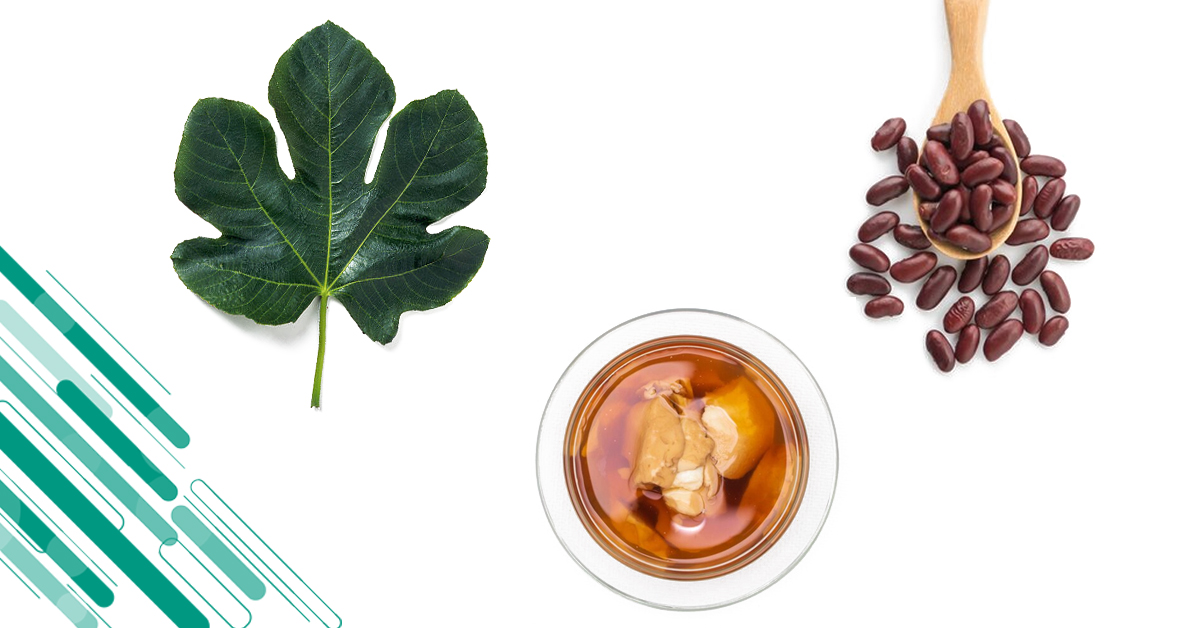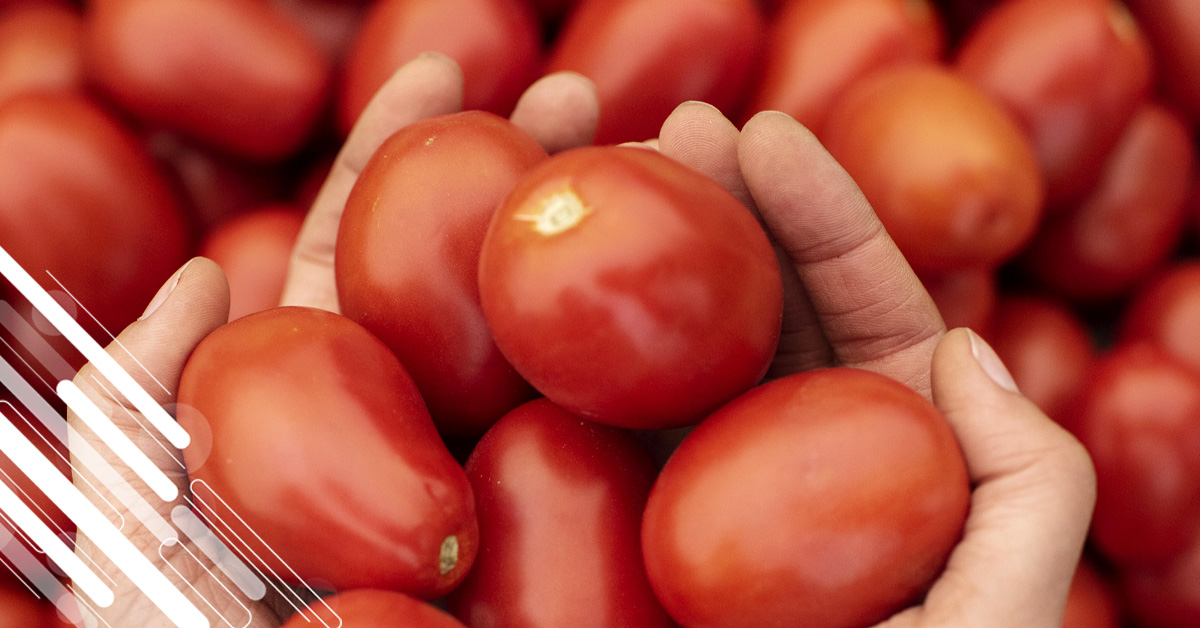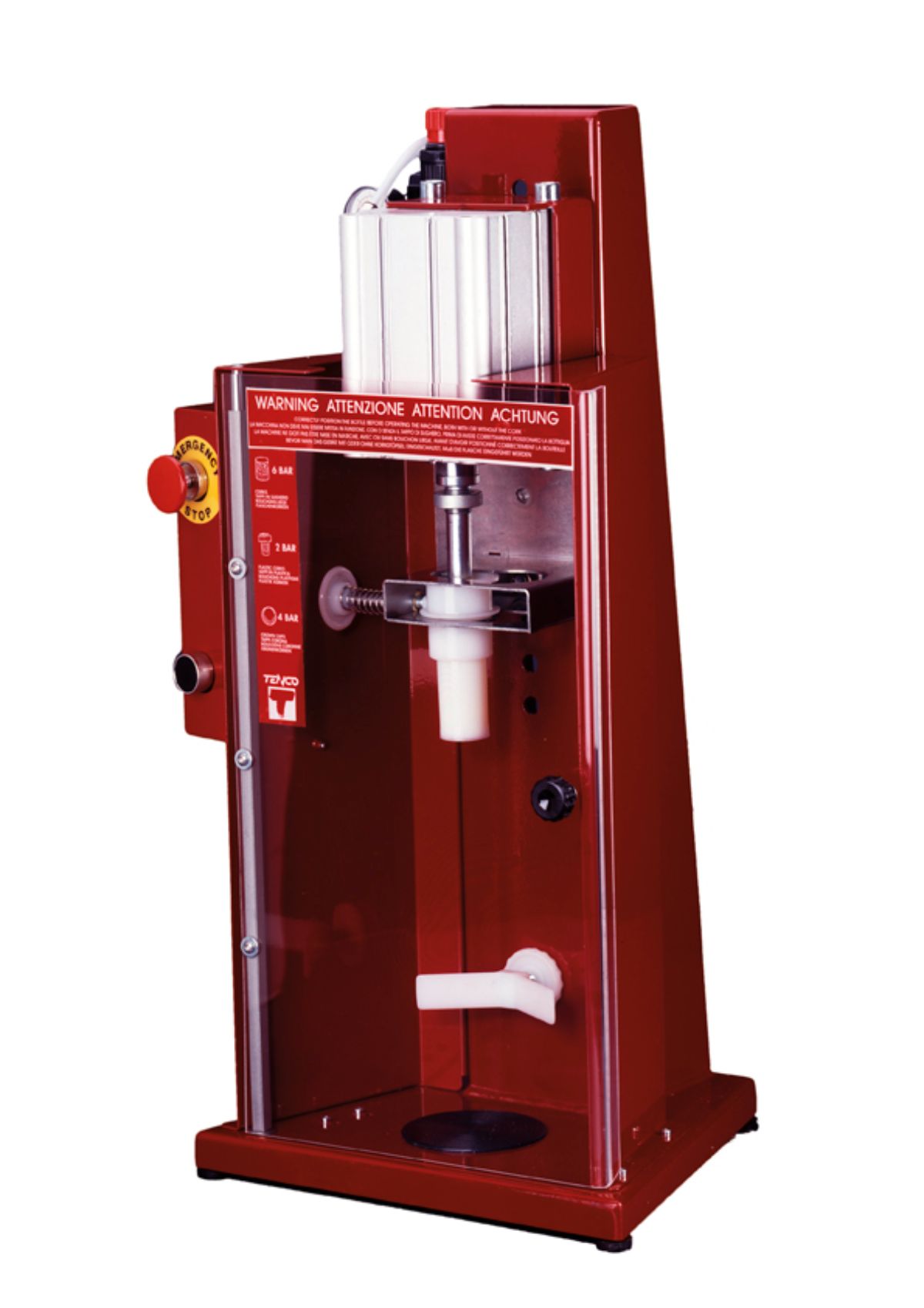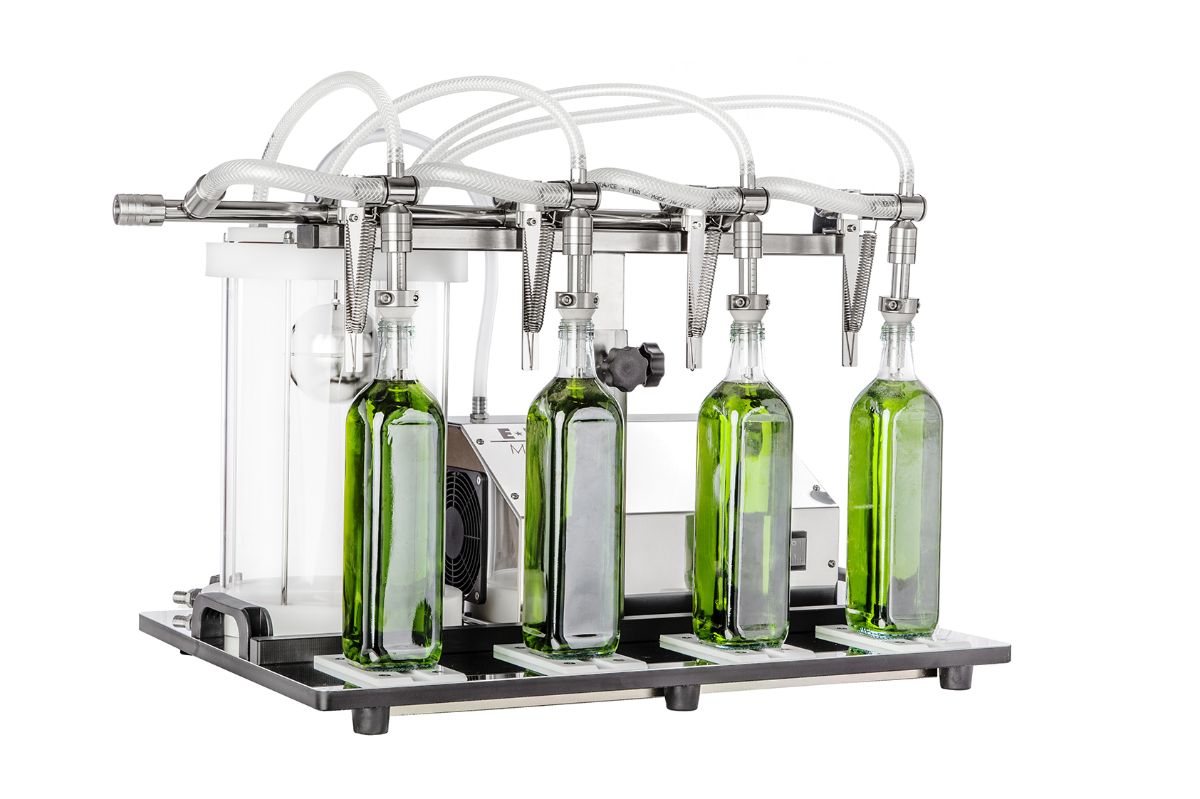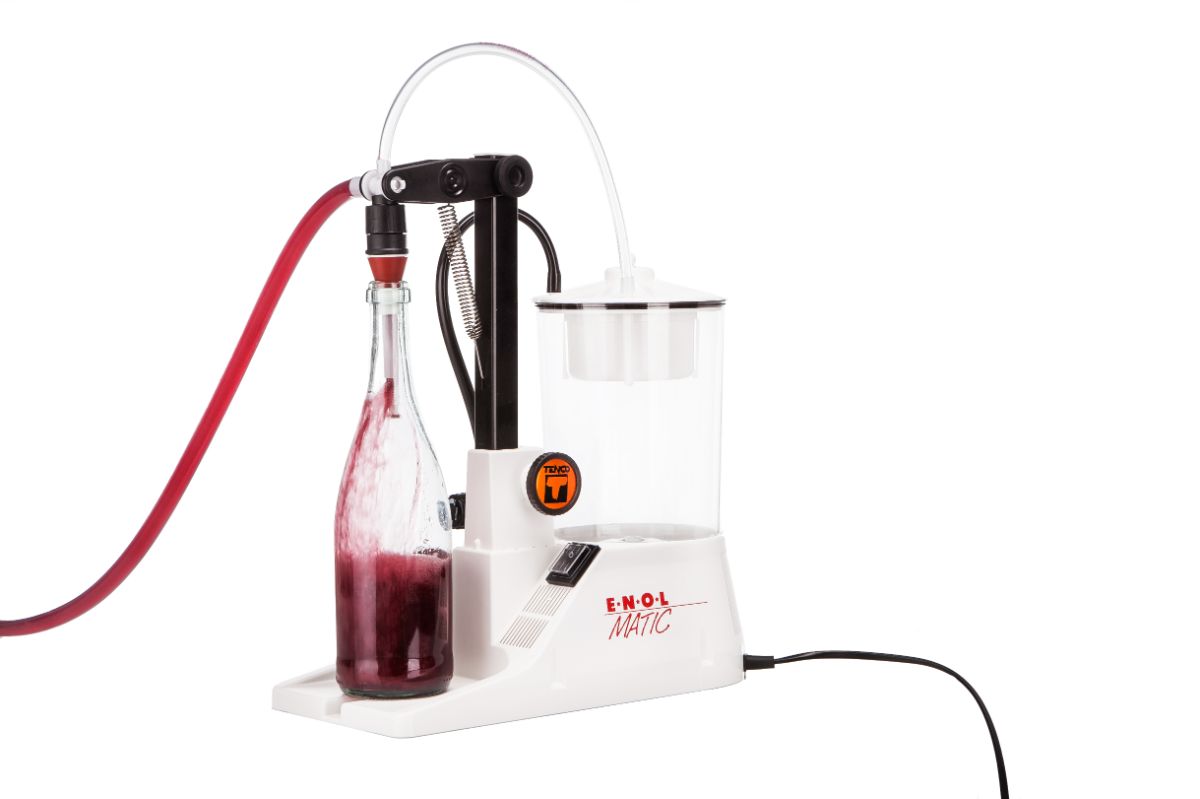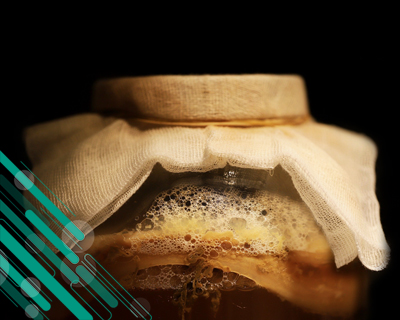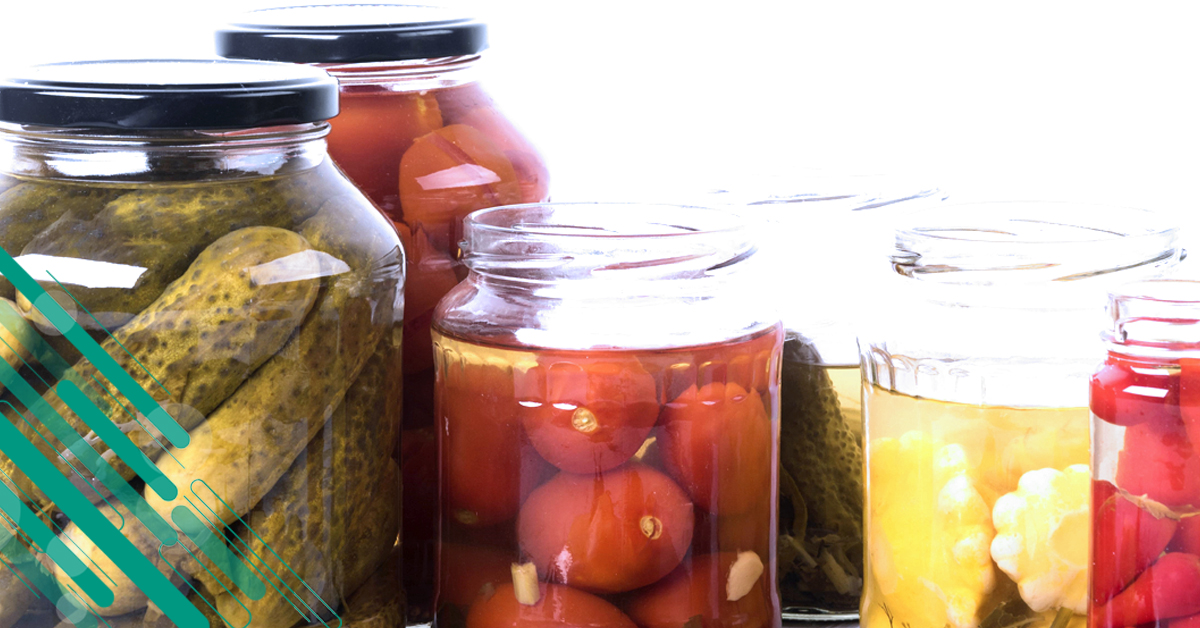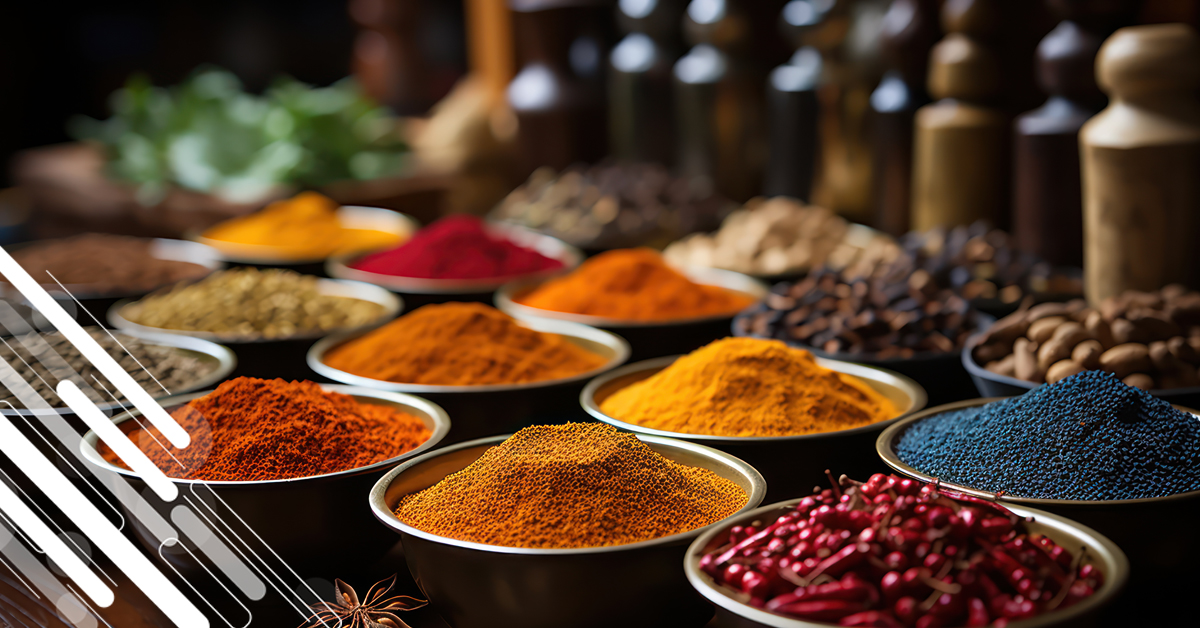It has been a long time since 1544, when botanist Pietro Mattioli dismissed tomatoes with a few precise words: “They provide little and poor nourishment.” Having just arrived from the Americas (the tomato is native to the Andes but was first cultivated in Mexico), this plant with small, yellow fruits—because that's how they were at the time—had very little success in Europe. It took at least two centuries for it to become a staple crop. However, from the 19th century onwards, the history of the tomato has been marked by great successes: the conquest of the Mediterranean basin, its entry into the cuisines of many countries (just think of two iconic Italian dishes: pizza and tomato pasta), and industrial processing from the early 20th century, with Francesco Cirio from Piedmont bringing canned peeled tomatoes from Naples to excellence.
